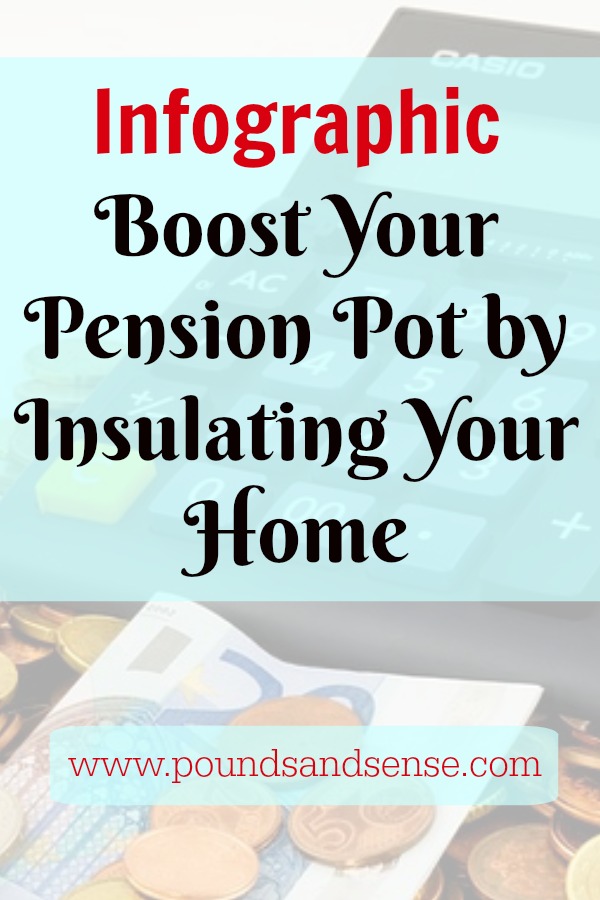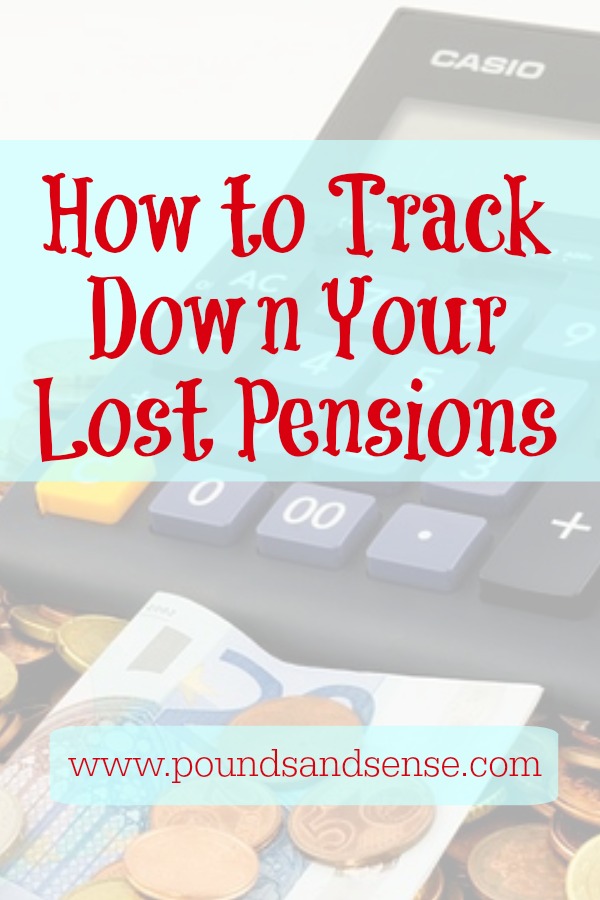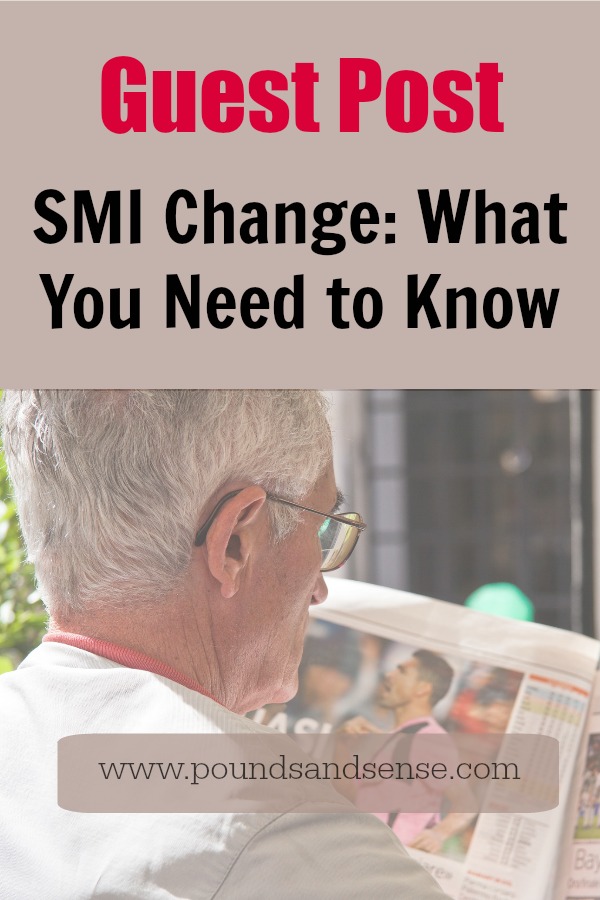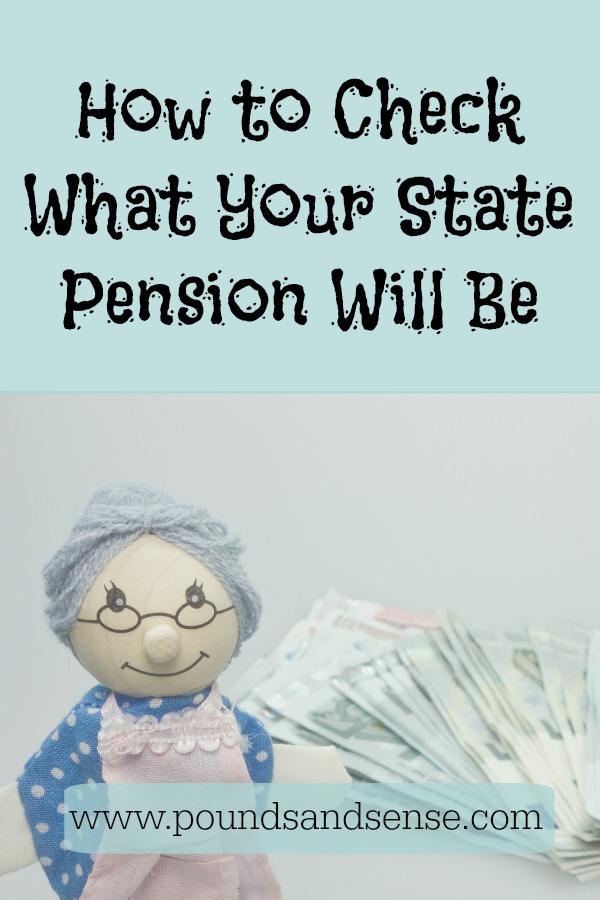Could You Benefit from the Tax-Free Trading Allowance?
Today I want to share some information about the trading allowance, a modest but useful tax-free allowance.
The trading allowance doesn’t appear to be widely known about, but can be particularly relevant for retired and semi-retired people. Though those in full-time work may also be able to benefit from it.
This allowance was introduced in the Finance Act (No. 2) 2017, which from April 2017 brought in a £1,000 trading allowance and £1,000 rental allowance. The trading allowance is likely to be the more beneficial of the two (at least, unless or until the much more generous £7,500 Rent-a-Room allowance is abolished) so in this post I will focus on that.
The trading allowance means that from April 2017 individuals with a trading income of £1,000 or less in a tax year do not need to declare or pay tax on this money. Trading income can include money from online activities such as auction trading, blogging, completing online surveys, and so on. It would also include casual work such as gardening or DIY.
So long as you earn under £1,000 a year from these activities, the good news is you don’t have to declare it to HMRC or pay income tax on it. For people who only earn small amounts of income from trading – perhaps on an ad hoc basis – that means there is no more worry about if, how or when to declare it to the authorities. I know many older people worry about whether they will get into trouble if, for example, they do a small DIY job for a neighbour and are paid £50 for it. The trading allowance can remove this source of concern.
An important point to note is that the £1,000 refers to gross income. If you intend to claim the trading allowance, you aren’t allowed to deduct any costs incurred (as of course you would in a normal self-employed business).
If you earn over £1,000 gross from trading you can still use the trading allowance if you wish. You then simply deduct £1,000 from your gross income and that will give your taxable income. Alternatively, you can choose the traditional method of deducting all business-related expenses from your gross income and paying tax (if due) on the balance. Clearly if you have a high level of expenses, the latter is likely to be the more cost-effective choice. Here are a few examples that may help make this clearer.
1. Graham is retired and supplements his pension doing part-time gardening for his neighbours, for which he earns £900 a year. This is under £1,000, so he does not have to declare this money to HMRC or pay any tax on it.
2. Jill has a part-time job working for an employer and in her spare time runs a blog, from which she makes a gross income of £1,500 a year. She has £600 of blog-related expenses. Although her net income from her blog is under £1,000, because the gross income is over this figure she is obliged to register as self-employed with HMRC. She then has the option of deducting the £1,000 trading allowance from her £1,500 gross income, giving her a taxable income of £500. Alternatively she can choose to deduct her £600 of expenses from her gross income of £1,500, leaving her with a taxable income of £900. Clearly, in this case she is better off claiming the trading allowance.
3. Mary works full-time as a shop assistant but also has a sideline buying and selling collectibles on eBay. Her gross income from her eBay trading is £2,500 and she has trading costs of £1,250. Again, as her gross income is over £1,000, she has to register with HMRC. She then has the choice of deducting the £1,000 trading allowance from her gross trading income of £2,500, giving her a taxable income of £1,500. Alternatively she can deduct the £1,250 of expenses from her £2,500 gross income, leaving her with a taxable income of £1,250. Clearly, in this case, not claiming the trading allowance is the better option.
You are allowed to decide for yourself which option is more beneficial to you each year, so it is very important to keep careful records of all your trading income and expenditure.
Note also that everyone is entitled to claim the trading allowance however much they earn as an employee (if you are already self-employed you will probably be unable to claim it, though – see below).
Bear in mind also that everyone has a tax-free annual income allowance anyway – the basic personal allowance is £11,850 in the current tax year, going up to £12,500 in 2019/20. The trading allowance is only therefore likely to be relevant in financial terms if your total taxable income from all sources exceeds this. But you will of course still have the benefit of not needing to worry about notifying HMRC or registering with them if your gross trading income is under £1,000..
As ever, there are a few other complications…
- You can claim the trading allowance if you have another paid job for an employer, full-time or part-time. You can’t, however, claim it if you also do freelance work for your employer.
- In addition, if you run a separate self-employed business, it is unlikely you will be able to claim the trading allowance as well (your accountant should be able to advise you about this – see also this useful article from Accountancy Age).
- There is only one trading allowance per person. Even if you have two separate sources of income from trading, for the purposes of claiming the allowance the total income from them must be lumped together. However, you can allocate the £1,000 allowance across both activities in whatever proportion you wish.
- Although you don’t have to declare trading income below £1,000 per tax year to HMRC, you may still have to declare it if you are receiving other welfare benefits such as Universal Credit.
- Only individuals can claim this allowance, not partnerships or limited companies.
Further Reading
Here are a few additional resources you may find helpful, starting with the government’s own website devoted to this allowance.
Tax-free allowances on property and trading income (HMRC)
Q&A – How trading allowance tax exemption works (FT Adviser)
What is the Trading Allowance? (Low Incomes Tax Reform Group)
A Little Boost (Tax Adviser magazine)
As always, if you have any comments or questions about this post, please do leave them below (although bear in mind that I am not a qualified financial adviser or tax expert and cannot provide personal financial advice).











